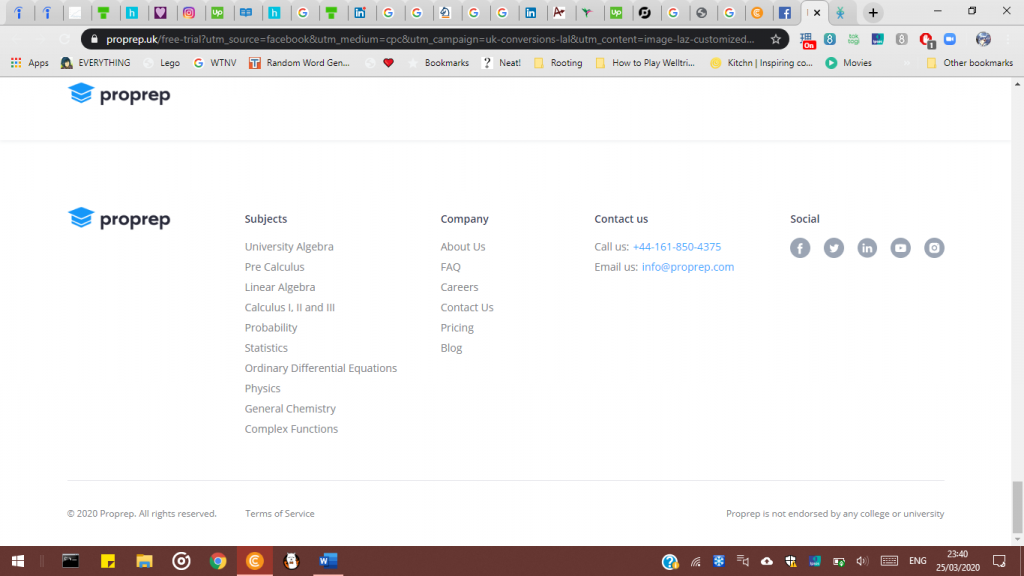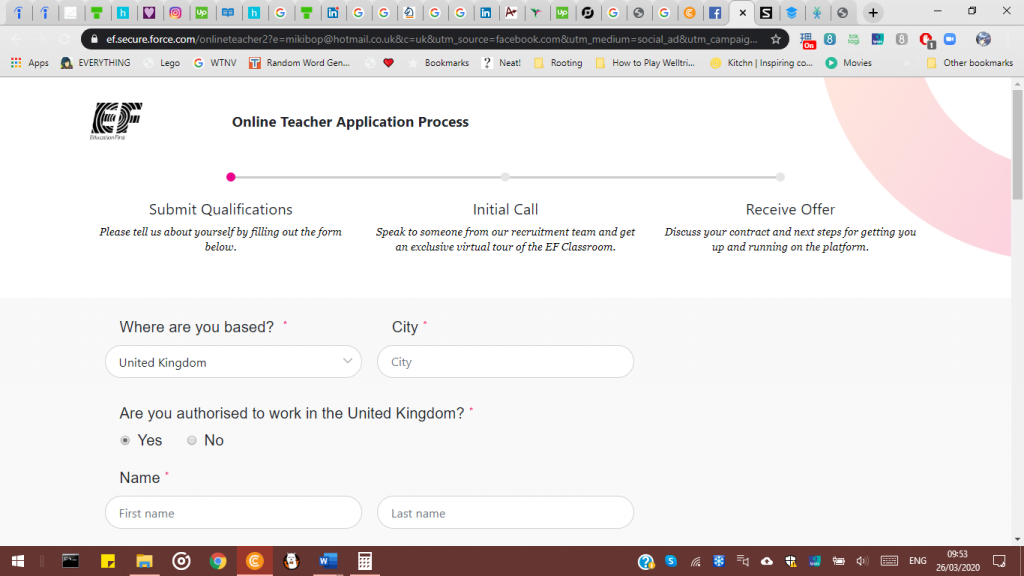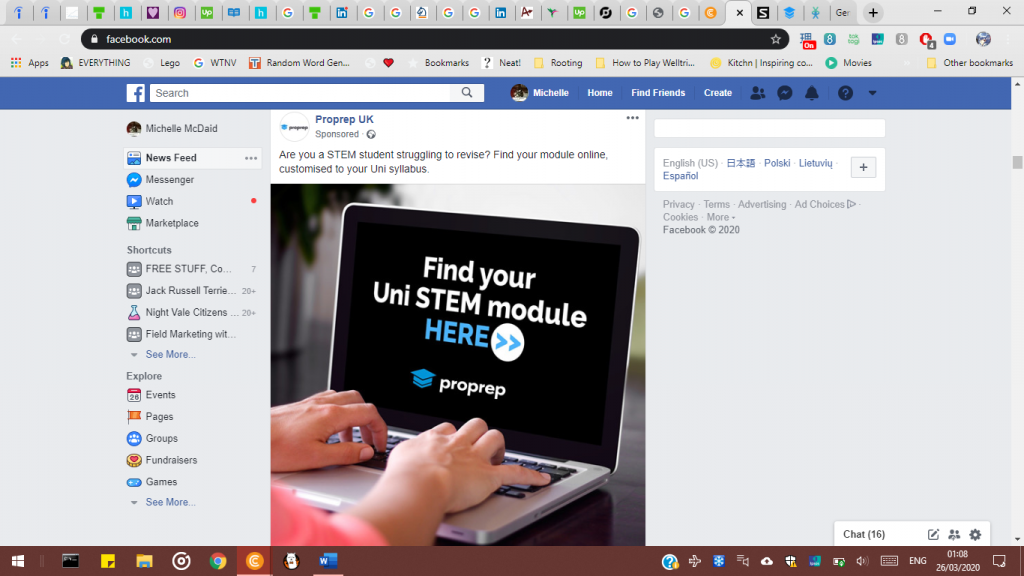

Last updated on
February 14, 2023
For any marketer, optimizing your landing page is a crucial step in generating leads for potential conversions. While you may have great adverts bringing traffic to your landing site, you may be left wondering why you aren’t getting as many conversions. This may be because you’re making some of these common mistakes that could be killing your conversions:
No matter how good your adverts are, if you are directing your visitors to your home page, you are going to lose conversions. Sending your traffic directly to a fully optimized landing page, rather than your home page, will increase your conversion rate and improve the performance of your site.


You need your page to be as fast as possible – every second will cost you. You don’t want visitors to leave if your page is loading too slowly, so ensure you do everything you can to speed up your loading time. Often, these are simple things with quick fixes, such as minimizing redirects, reducing image size, or cleaning up your code. You can take it up a notch by upgrading your hosting, or trying a top WordPress hosting provider if your site is powered by WordPress CMS.
Use analytic tools such as Google’s PageSpeed Insights to check your current speed and identify any specific issues your page has that are slowing it down. There are plenty of tools and resources available online (some are free, others are paid) that can help you monitor your landing page speed, identify potential performance issues, and highlight the best ways for you to make improvements. Some great online resources for this include Pingdom, URL Compression Test, Google Cache Checker, Dotcom-Monitor, YSlow, Tiny PNG, GTmetrix, IcoMoon, Chrome DevTools, Google Speed Scorecard, and Google Lighthouse.

Interactions with real people pave the way for future interactions – by initiating the conversation and having an open platform for visitors to talk with real people, you will be able to establish a connection with each individual on a personal level. To promote this active conversation with visitors, integrate a live chat feature into your landing page to utilize customer service and interpersonal interactions to promote better conversion rates for your landing page.


Far too many landing pages are still not optimized for mobile devices despite the huge percentage of users who browse on their phones – and this is a major risk of losing conversions. Kieran North, a business writer at Stateofwriting, says: “Mobile users make up about 50% of page traffic, so making your landing page responsive so that it will adapt to the different screen sizes is an easy and effective fix.” Bear in mind that this won’t automatically make it function perfectly on a mobile device, as some elements like images, borders, and banners may not adapt to mobile devices, so pay particular attention to how responsiveness may interfere with your landing page experience.


Your landing page should be designed to frame your Call to Action (CTA) – this is where you gain the conversion from visitors, so you need to optimize your CTA as best you can. Often marketers oversell themselves in a misguided effort to increase their conversion rate. Try to keep it simple and work out how best to phrase it using the right keywords and tone of voice. In the same way, the whole page should be as simple as possible: decrease distractions to increase the importance of – and attention drawn to – each individual element. Any other items you feel you want to include but aren’t strictly necessary should, of course, be featured on your homepage, but not your landing page. Your landing page should have all points focused to your CTA and getting conversions.
Another common problem with CTAs on landing pages is using overly generic phrases, which can seriously damage your chances of high click-throughs. You need to make sure your CTA is unambiguous and tailored specifically to your company and what you are offering to your visitors. You may want to try out various options until you find the perfect wording for your call to action.


Your opt-in forms should always ask the minimum initially; use simple opt-in forms that only require a few personal details. The end goal for each visitor’s session is getting them to fill-out your opt-in form, it is what everything is working towards and how you ultimately get conversions. Of course, you will want to gather as much information as possible, but asking too much too soon can scare away potential conversions. If it isn’t absolutely necessary, it can wait for later.
Consider the ‘breadcrumbs’ analogy for this: this technique means using a simple question as the first step of your opt-in form, a question which doesn’t require any personal details or complicated information. This allows the user to remain anonymous at the beginning and not feel overwhelmed or pressured by asking too many questions or for too much detail upfront. Following this, you can ask for further details from them without them feeling put-off – this way, you have already gotten them to take the first step, so the following commitments will seem less intense.

It is not uncommon for marketers to conflate their CTA and USP (Unique Selling Point) – but both serve different functions for your landing page. The USP comes first and communicates what makes your offer unique to visitors. This may be your producer, service, or promotion your page is pushing to get visitors to sign up. As Eloise Gibbs, a marketer at Australianhelp, puts is, “The USP is what – theoretically – leads them into the CTA and thus increases your conversions.”

Social proof is essentially just a method of showcasing yourself as reputable, reliable, and trustworthy. In short, first impressions count and social proof is a great way to improve the initial response your visitors have. This can, as a result, increase your overall conversion rate for your landing page. The most important thing when including social proof is to use real social proof – that is, pictures of actual customers, with real profiles and real quotes. This will make your page, and thus your company, seem more personable and friendly. You can also use celebrity or influencer quotes and testimonials as social proof if you can, as this will attract customers on a whole other level by enticing them with the company’s association to such role models. Whether you include standard customer testimonials or celebrity social proof, integrating this element into your landing page generates credibility and trustworthiness, which will, in turn, generate more conversions.

In the same way that it is vital to optimize your main website for search engines, so too should you write the content for your landing page for SEO. Work out what the most relevant keywords are to your page before your start working on writing your headlines, subheadings, and general content to ensure your landing page is easy to find. This will ensure your landing page ranks well in search engine ranking and will increase your traffic and, consequently, boost your conversion rates. Make sure to include the top key words for searching, brand names, and images, but try not to over-stuff the page by being repetitive.

The visual aspect of any landing page is a hugely important element in creating an effective page that promotes conversions. This means picking the right images, making sure they are relevant, the correct size, not generic, and don’t clutter the page and distract visitors from the important information. Irrelevant images can kill your conversion rates since you could end up misrepresenting your brand or your offer. Think of it like this: when choosing your images, consider if it will actively bring any value to your landing site. If not, leave it out! Of course, this doesn’t mean you should avoid images all together – the visual elements of your page are essential in attracting visitors with the ever-shortening attention span of the public. This adds a level of engagement for visitors and will increase your overall conversion rates.

Avoiding these mistakes can make all the difference in boosting your conversion rates – your landing page needs to be visually appealing and easy to interact with, but also be focused on your call to action. At the end of the day, you should keep testing on a regular basis to optimize each element of your landing page. And remember, there are plenty of tools available online that can help you work out the kinks of your page and countless resources full of advice to help you create the most effective landing page for your site.
Content marketing guru at Mailmunch. I’m passionate about writing content that resonates with people. Live simply, give generously, stay happy.
Tags: